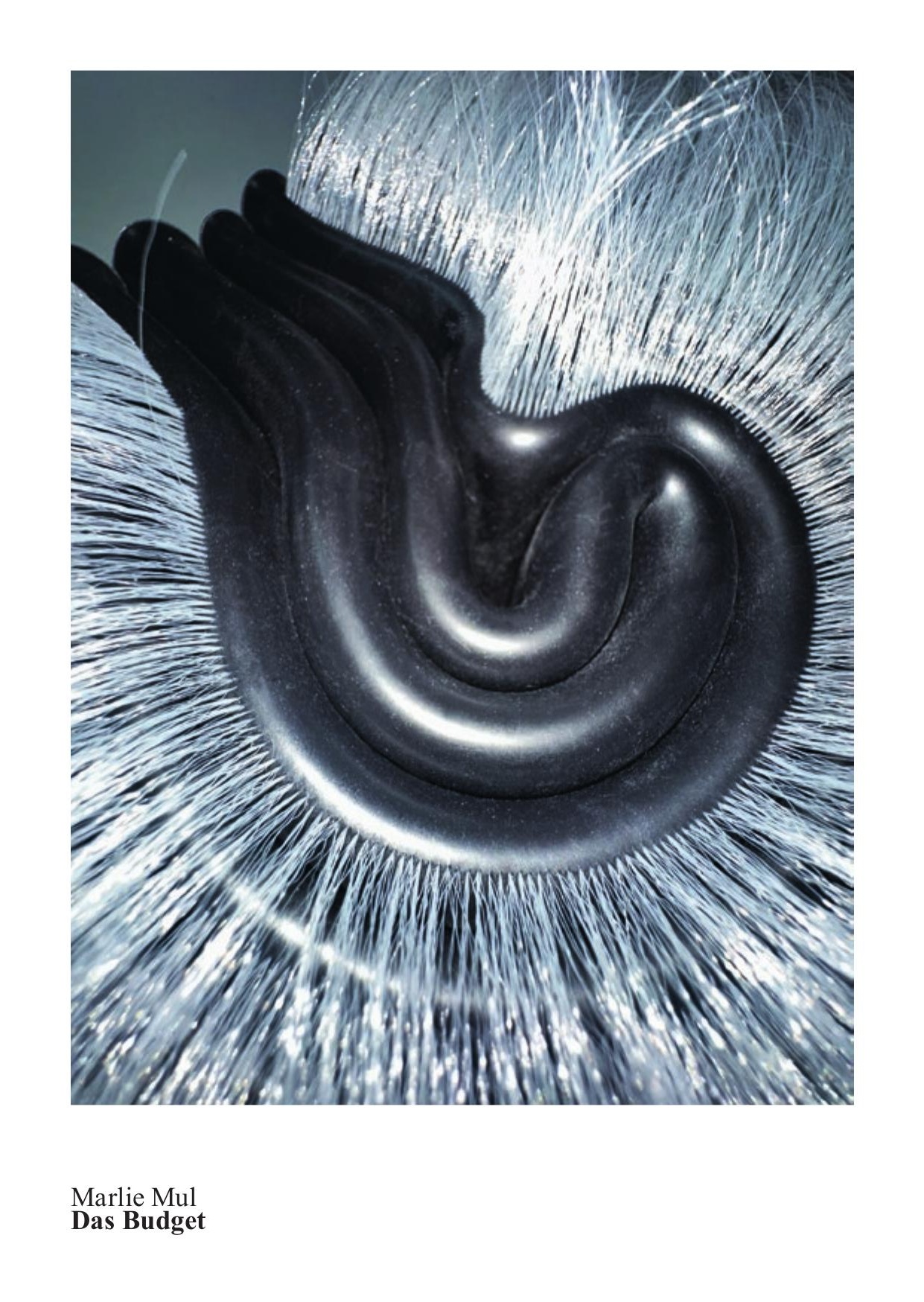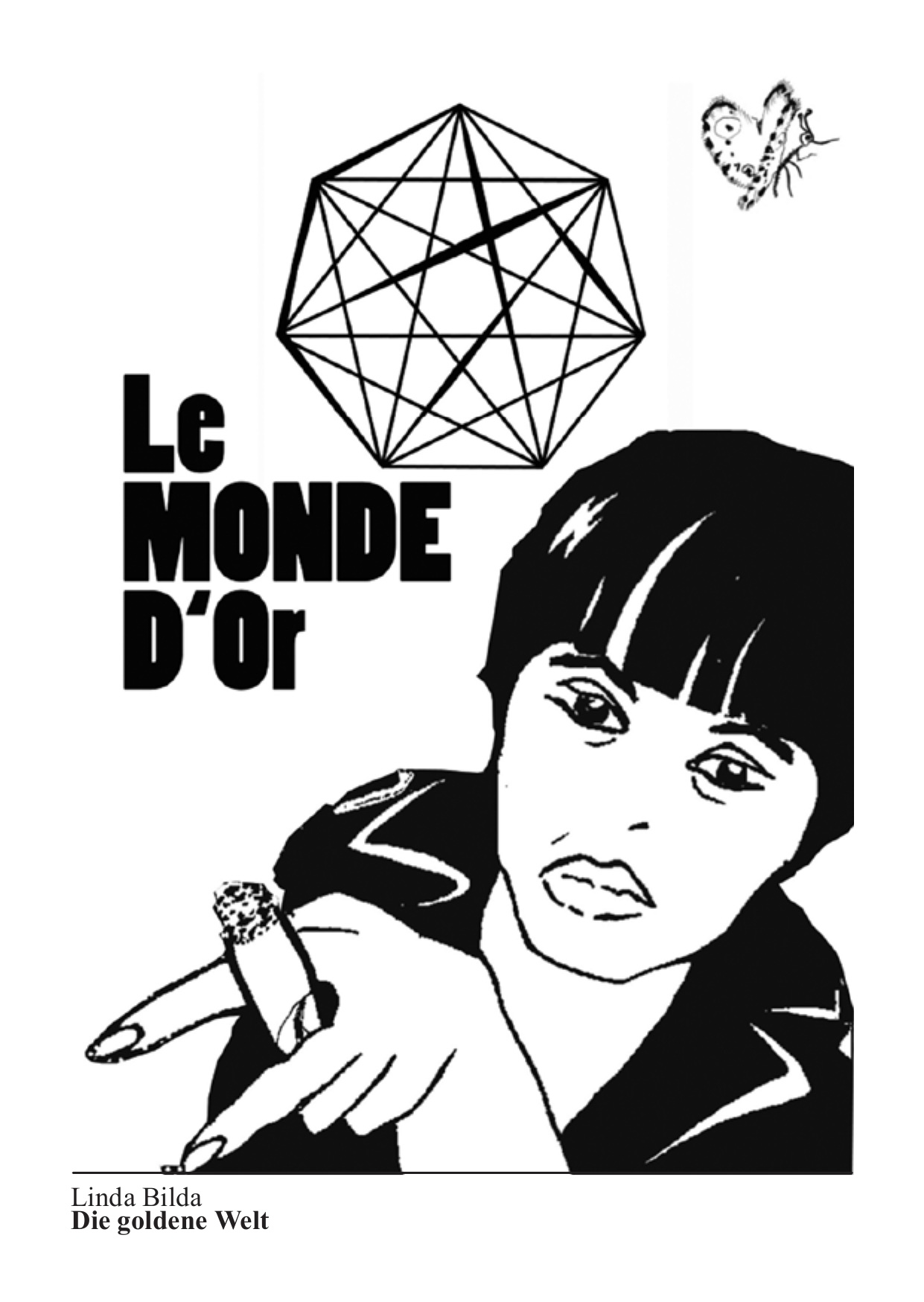23.6. – 18.11.2001
Cerith Wyn Evans
With two sizeable installations, the Artist Cerith Wyn Evans (b 1958 in Wales, lives and works in London) makes his debut exhibit to the Swiss public. Cerith Wyn Evans, one of the well-known filmmakers in England in the 1980’s – he worked with Derek Jarman among others – has been working with installations, video, photography, fireworks and neon projects since 1996. Cerith Wyn Evan’s poetic tableaus integrate elements or characteristics from the works of figures he personally considers noteworthy from the world of film, literature, art, and philosophy. Far from being a direct quote, his sound, pictorial, and textual worlds function as wide-reaching and multi-dimensional networks, which convey the portrait of the individuals in question, the mood of a historical moment, the mentally historical dimension of a theoretical or artistic work in surroundings of individual resonance. At the Glarus Art Museum Cerith Wyn Evans presents the spatial installation Dreammachine after the manner of Brion Gysin and an adaptation of Andy Warhol’s Silver Flotation, a 1966 installation, together with the neon work Mobius Strip from the year 1997.
Repeatedly central to Cerith Wyn Evan’s works is the transformation of the one by the other. Just as film music can determine, influence, change, even reverse the perception of the image or the story, he varies the fundus of familiar pictures, historical events, and stories by means of a method borrowed from cinematography called Found Footage, or a re-sampling to areas conceived for the reorganization of pictures, historical events, stories, sounds and perceptions.
Specific, notable historical moments or events play a significant role in these areas of poetic re-play, since they question rules and coincidence, charge ambivalently, and form a link between irrevocable facts and individualized perception. Repetition, quotes, and appropriation in Evan’s works relate to criticism of the spectacular as Guy Debord has it, which analyzes the cyclical repetition of or the fixation with repetition as systematically conforming to and maintaining the strategies of the spectacle of the present. He transforms repetition, quotes, and appropriation into a potential for newness and change.
With his installations in the Glarus Art Museum – Dreammachine, Silver Flotations, and Mobius Strip, Cerith Wyn Evans continues on with the film of his references and transformations.
Dreammachine shows a reconstruction of a cylindrical visual apparatus – “through which one can see pictures with closed eyes” – by Brion Gysin, the inventor of the Cut-Up technique, the well-known writer and painter, who was a close associate and contemporary of the director William S. Burroughs, whose film can be seen as part of the installation. In the seating section of the Dreammachine, Evans shows Gil Wolman’s 1952 film “L’Anti-Concept”, a cult film belonging to the experimental film genre, which presents an abstract visual rustling. However, Dreammachine is also the title of a project filmed by Cerith Wyn Evans in association with Derek Jarman, Michael Kostiff, and John Maybury in 1964. As an additional component, Marcel Broodthaer’s palm trees combine with tatami mats and designer furniture to complete the set. A soundtrack by Cerith Wyn Evans is comprised of more than 100 sound sources, which the artist developed in conjunction with narratives treating the abstraction of film images and further references to his work -- in the spirit of Jean-Luc Godard’s “Histoire (s) du Cinéma”, an homage to everything auditory and visual in the world. And once more Guy Debord: Referenced is his 1978 film “In girum Imus Nocte et Consumimur Igni” (at night we wander around in a circle and are consumed by fire) – a palindrome which inspired the artist to create a circular neon work as well; since the artist was once unable to see with the aid of the sound track available to him, he reconstructed it a further “picture world”. A musical piece from this film entitled Whisper Not (Original korregieren?) by the Art Blakey Sextet was recorded on March 24, 1958, the artist’s date of birth. The second film in the installation unites both installations in the exhibit. Willard Maas’s Andy Warhol’s Silver Flotations (1966) is the only pictorial document of Andy Warhol’s installation at the Castelli Gallery in New York containing floating silver helium balloon cushions This “repeat performance”, shown anew with the consent of the Warhol Foundation and including a slightly different “cushion size”, presents approximately 300 silver clouds which float at ceiling level at the beginning of the exhibit and gradually drift down to the floor. Reversal, positive-negative, mise en abîme and palindrome, lists of references and interference and the friction between them create a labyrinth of stories that refuse to be told lineally.

















